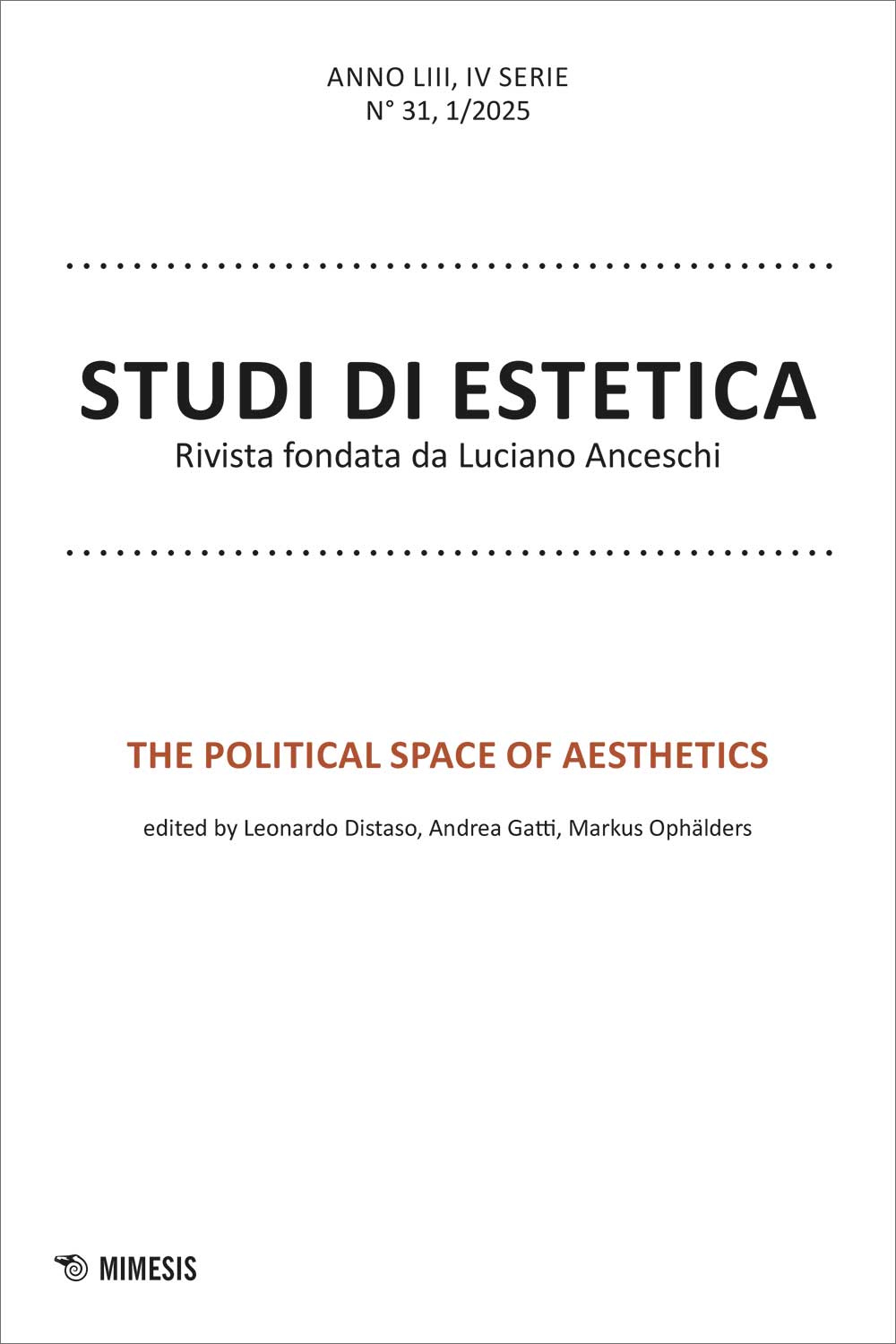Abstract
The article offers an aesthetic-political reflection of the Paris Commune with the aim of outlining the character of the first proletarian revolution that transformed the possibility of an emancipated society into concrete utopia. In the experience of the Commune, politics and art intertwine their emancipatory path. For this reason, the article investigates, in the first paragraph, the ways in which political action acts aesthetically and in a performative sense on social reality and, in a second moment, proposes an analysis of the politics of art operated by the Federation of Artists that claims its social purpose.

